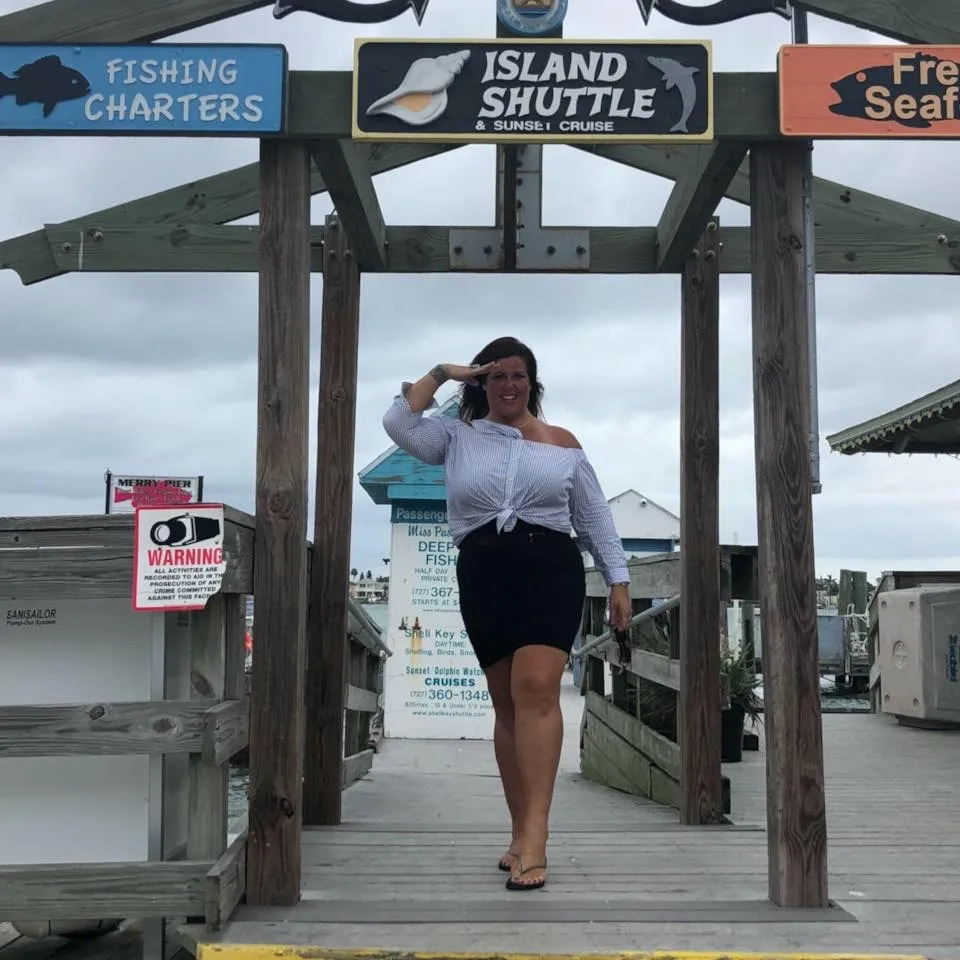New Boater?
TIPS & TRICKS
Setting out on your own boating adventure can be an exhilarating experience, but for new boaters, the prospect might seem a bit overwhelming. Whether you're eager to explore new fishing spots, bask in the sun's warmth, or share quality time with loved ones, learning how to navigate a boat is a skill worth acquiring. To help ease the transition into this exciting venture, here are some valuable tips to consider.
1. Embrace Relaxation and Patience
Boating is a journey of relaxation and leisure. It provides an excellent opportunity to unwind and detach from the stresses of daily life. Remember to take your time and avoid rushing through the experience. By embracing a calm and patient approach, you can fully savor the joys that boating has to offer.
2. Master the Art of Deliberate Throttle Movements
Unlike cars, boat motors have a slight delay in response. When adjusting the throttle, make deliberate and gradual movements. Even if you make a mistake, you can easily rectify it by making subtle adjustments. This technique allows for smoother and more controlled navigation.

Blue Line Boating - Hire a Boat Captain
3. Maintain Situational Awareness
As the helmsperson, your responsibility shifts from being a passenger to ensuring the safety of both the boat and its occupants. Stay vigilant and aware of your surroundings. Keep track of other boats' movements, avoid restricted areas, and have a general sense of the positions of nearby vessels.
4. Follow Waterway Etiquette
Boating has its own version of roadways—waterways marked by red and green buoys that function like lane guides. When encountering boats coming in your direction, maintain composure and adhere to these markers, just as you would on a two-lane highway. Staying between the buoys keeps your boat in safe and deeper waters.
5. Understand Navigation Lights
Navigation lights are critical indicators of right-of-way on the water. A red light on a boat at night signals that you must yield, similar to a stop sign. Conversely, a green light signifies that you have the right of way, akin to a green traffic light. Familiarize yourself with these lights to navigate with confidence.
6. Grasp the Quirks of Reverse
Navigation lights are critical indicators of right-of-way on the water. A red light on a boat at night signals that you must yield, similar to a stop sign. Conversely, a green light signifies that you have the right of way, akin to a green traffic light. Familiarize yourself with these lights to navigate with confidence.
6. Grasp the Quirks of Reverse
Navigation lights are critical indicators of right-of-way on the water. A red light on a boat at night signals that you must yield, similar to a stop sign. Conversely, a green light signifies that you have the right of way, akin to a green traffic light. Familiarize yourself with these lights to navigate with confidence.
6. Grasp the Quirks of Reverse
Navigation lights are critical indicators of right-of-way on the water. A red light on a boat at night signals that you must yield, similar to a stop sign. Conversely, a green light signifies that you have the right of way, akin to a green traffic light. Familiarize yourself with these lights to navigate with confidence.
6. Grasp the Quirks of Reverse
Navigation lights are critical indicators of right-of-way on the water. A red light on a boat at night signals that you must yield, similar to a stop sign. Conversely, a green light signifies that you have the right of way, akin to a green traffic light. Familiarize yourself with these lights to navigate with confidence.
6. Grasp the Quirks of Reverse
Navigation lights are critical indicators of right-of-way on the water. A red light on a boat at night signals that you must yield, similar to a stop sign. Conversely, a green light signifies that you have the right of way, akin to a green traffic light. Familiarize yourself with these lights to navigate with confidence.
Conclusion
Boating offers a sense of freedom and adventure, but it's essential to be prepared for the unpredictable nature of the open water. By adhering to these strategies, you can confidently navigate foul weather and ensure the safety of yourself, your passengers, and your vessel. Remember that prioritizing safety and making informed decisions is paramount when faced with adverse conditions.